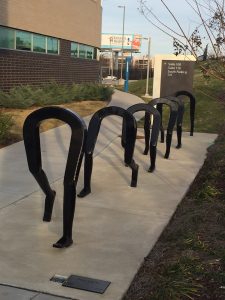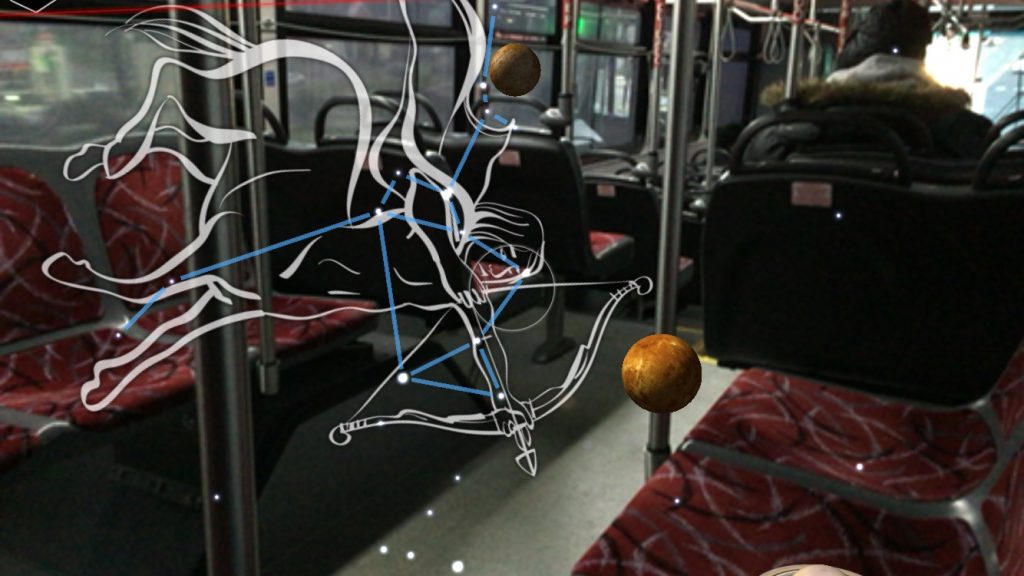
Friskie.
“After all this time?”
Always.
Snow days were the best. They were an opportunity for completely unstructured time, time when my friends and I could do whatever we wanted. In school and sometimes even on the weekends we were on a schedule. We had things to do. Snow days wiped out everything. Time was as clean and unbroken as the stretches of snow across our yards and it was ours to make whatever we wanted of it. Or it was just mine. I spent a fair amount of time on my own. There was a drainage ditch behind my house that led, like a path, up the hill to a rocky vacant lot where I sometimes went with my friends—like the time Chad and I found a black widow spider under a rock, throwing our parents into a panic—or just went with my dog Friskie. She was the ideal companion because whatever I wanted to do she was up for, but that’s another story. There was a road just past the vacant lot and another bigger vacant lot beyond that, and Friskie and I eventually moved on to it, making it our special domain. A rocky wall rose up abruptly at the back of it and in one spot there was a miniature waterfall, even when it hadn’t rained for a week or more. The water probably drained down from the condominiums above and beyond the wall. There were tiny mosses and lichens and algae that grew there. I could get up close and feel like a giant looking down over an exotic landscape. In the rocks I also found smoky quartz crystals that I collected and gave to friends, and in one rock what I was convinced was a fossilized tyrannosaurus rex tooth. It was probably just an oddly shaped rock.
In the spring and summer there were a few plants and grasses and stunted cedar trees, and in the winter it became a barren landscape. One winter we had an ice storm and I ran up there with a camera to take pictures of the frozen waterfall and the glassy tree branches.
One day in the fall Friskie and I went up there and found a couple of scruffy-looking guys in t-shirts and jeans setting small fires around the lot. They were wearing overalls with nametags so in spite of having hair that looked like it was dipped in 30-weight and about six teeth between them I thought they might be doing something official, so I politely asked why they were setting fires.
“Oh, we’re clearin’ all this shit out,” one of them drawled. “There’s a whole bunch a new condos goin’ in here.”
I was devastated. This was my—oh, wait, Friskie was with me, so it was our—special place. And I figured it had been left vacant because there wasn’t enough space to put condos in there. I didn’t realize it was just a matter of money.
Also I did kind of like the condos that were already there. I’d met a few friends there when I was five and six, although they and their parents moved away as soon as they could and I never heard from them again. Throughout the rest of my years there my friends and I would sometimes go and just wander through the condos—not inside them but up and down the sidewalks, even though the place had kind of a sketchy reputation. One of my friends was walking there alone when a guy who lived in one of the condos invited him to come inside and maybe go for a swim in the residential pool. My friend declined the offer. We never told our parents this because we figured we’d be banned from ever going back there. And that would have been terrible. For my friends and I the condos and the vacant lots were anything and everything we needed: a primeval forest straight out of Tolkien or a barren moon on the outer rim of another galaxy.
Before the new condos came in Friskie and I discovered an even bigger vacant lot behind the existing condominiums. Nestled between a high ridge and a line of trees it was more secluded and, stretching more than half a mile, it offered even greater opportunities for adventure, whether for me and my friends or just me and Friskie. It was covered with low scrubby brush but also had rocky spots and pools where I found tiny white leeches gliding along.
For the two years of junior high school it was also directly between my house and the school. Walking home from school was always exciting to me. It was a chance to decompress after a hard day of learning stuff, but it also felt like my first true taste of independence. And that’s why I also loved the seclusion of that vacant lot. If I was there with Friskie no one knew where I was or how to find me. It sounds terrible now, especially when I think about the implications. If something had happened to me, if I’d fallen off a rock and broken my leg or my skull, no one knew where I was. It could be hours or even days before I’d be found. Friskie was a great companion and very protective of me, but she couldn’t talk. And if something had happened to me she probably would have stayed right by me. Even though she was ten times smarter than Lassie I’m not sure she could grasp the concept of going to tell the sheriff I was trapped in the abandoned mine shaft.
This is what I think about whenever I hear anyone criticize helicopter parents or say that the lives of kids today are overscheduled, that kids don’t learn independence. Maybe in some cases that’s true, but I find it hard to blame parents for being overprotective when I think how lucky it was that I didn’t become a statistic. If I had kids of my own the idea that they were wandering vacant lots and climbing eight-foot crumbling rock walls, far out of sight of anyone, with no protective gear, would make me want to make sure they were accompanied by a drone camera, and not just a Springer Spaniel, everywhere they went. And if I thought they were wandering around sketchy condos I’d want to fill their days with wall-to-wall bassoon lessons and bowling practice.
And then I go and look at those old places I once roamed. Every one of those vacant lots is now gone—condos or houses have been squeezed into every available spot. I wonder if any kids live there now. I wonder what they do on snow days.

Here’s the old ‘hood. The blue circle marks my house. The site of the first vacant lot is in green. The second is in yellow. The third is in red.
The shape is kinda fitting, ain’t it?
Source: Google Maps
Like this:
Like Loading...
 Instructions for using the library’s automated self-checkout system
Instructions for using the library’s automated self-checkout system




















